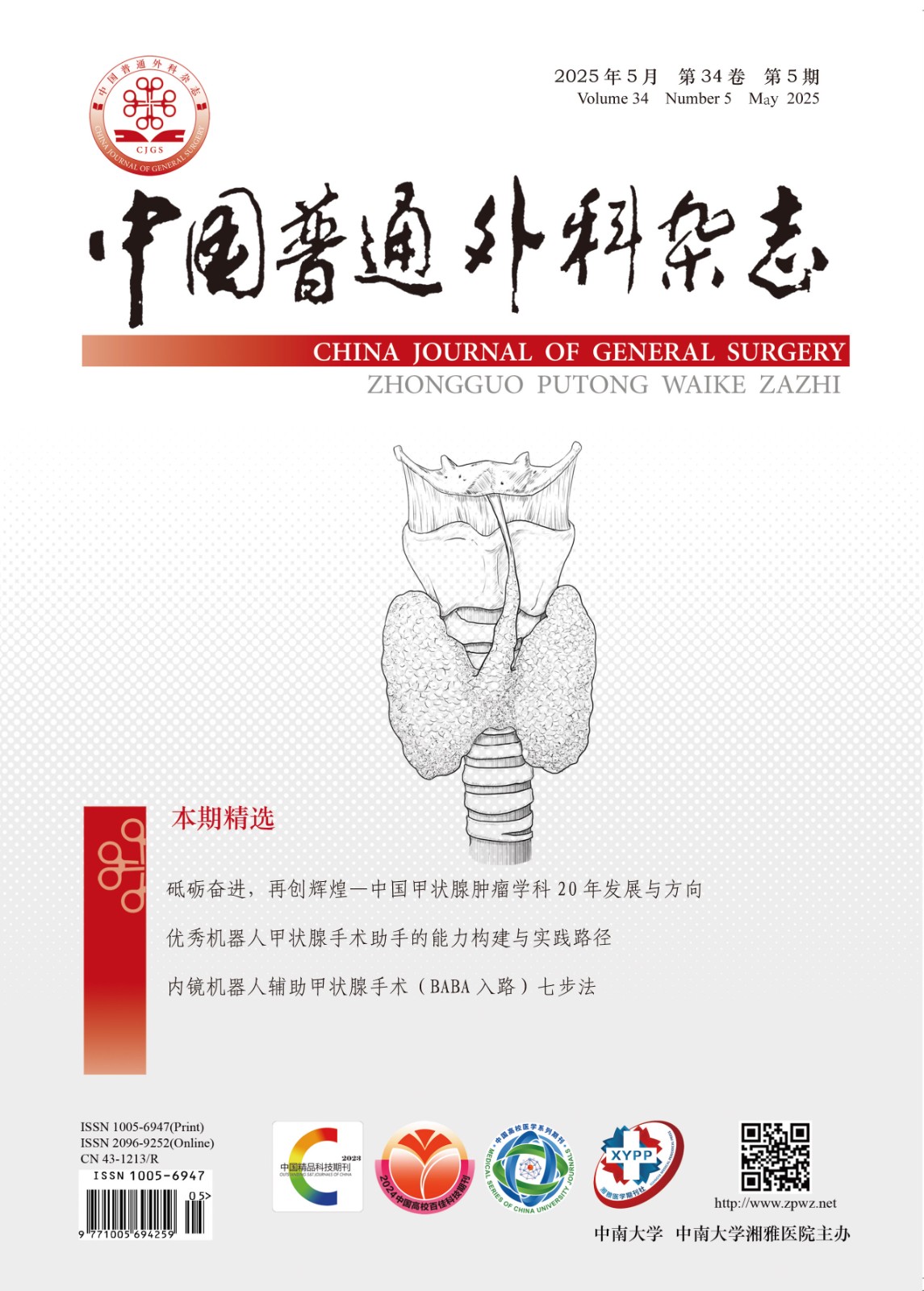Abstract:Background and Aims Hepatocellular carcinoma (HCC) is a common cause of cancer-related mortality. Studies have shown that long non-coding RNAs (lncRNAs) regulate the expression of microRNAs (miRNAs), which, in turn, participate in tumorigenesis and progression by inhibiting target mRNA translation or promoting mRNA degradation. LINC00313 is a cancer-promoting lncRNA that contributes to tumor development and progression. Annexin A2 (ANXA2) is upregulated in various malignant tumors, including HCC, promoting a malignant phenotype, and it may be regulated by upstream miR-342-3p. This study was conducted to explore the expression of LINC00313, miR-342-3p, and ANXA2 in HCC cells and their interrelationships.Methods The expressions of LINC00313, miR-342-3p, and ANXA2 were assessed in human liver tissue cells and HCC cell lines (Li-7, HuH-7, Hep3B2.1-7) using qRT-PCR and Western blot. Li-7 cells were cultured in vitro and divided into different groups: control (untreated), LINC00313 siRNA group (transfected with LINC00313 siRNA), miR-342-3p mimics group (transfected with miR-342-3p mimics), negative control co-transfection group (transfected with negative siRNA and negative miRNA), and co-transfection group (transfected with LINC00313 siRNA and miR-342-3p inhibitor). The expressions of LINC00313, miR-342-3p, and ANXA2 were analyzed in these groups using qRT-PCR and Western blot. Cell proliferation was assessed using MTT assay and colony formation assay. Apoptosis was detected by TUNEL staining. Transwell invasion assay and Western blot were performed to evaluate cell invasion and expressions of epithelial-mesenchymal transition-related proteins (vimentin and E-cadherin), respectively. Immunofluorescence staining was used to determine the Bax/Bcl-2 ratio in the cells. Dual-luciferase reporter assay was conducted to analyze the regulatory relationship between LINC00313 and miR-342-3p and between miR-342-3p and ANXA2 in Li-7 cells. Furthermore, a xenograft tumor model in nude mice was established to validate the impact of LINC00313 knockdown on Li-7 cell growth in vivo.Results Compared to human liver tissue cells, the expressions of LINC00313 as well as ANXA2 mRNA and protein was significantly upregulated in Li-7, HuH-7, and Hep3B2.1-7 cells, while miR-342-3p expression was significantly downregulated (all P<0.05). Compared to the control group, the LINC00313 siRNA group and miR-342-3p mimics group showed significant reductions in ANXA2 mRNA and protein expressions, cell proliferation, colony formation, and invasion, as well as decreased vimentin protein expression (all P<0.05). Furthermore, miR-342-3p expression, apoptosis rate, E-cadherin protein expression, and Bax/Bcl-2 ratio were significantly increased in these groups (all P<0.05). When compared to the LINC00313 siRNA group, the co-transfection group exhibited elevated ANXA2 mRNA and protein expressions, increased cell proliferation, colony formation, and invasion, as well as enhanced vimentin expression. However, it reduced miR-342-3p expression, apoptosis rate, E-cadherin protein expression, and Bax/Bcl-2 ratio (all P<0.05). In Li-7 cells, LINC00313 could negatively regulate miR-342-3p expression, while miR-342-3p could negatively regulate ANXA2 expression (both P<0.05). In vivo experiments demonstrated that compared to untreated Li-7 cell xenografts, LINC00313 knockdown in Li-7 cells significantly reduced tumor volume and mass. Additionally, LINC00313 and ANXA2 mRNA and protein expression in tumor tissues were markedly decreased, while miR-342-3p expression was significantly increased (all P<0.05).Conclusion LINC00313 is upregulated in HCC cells and may promote a malignant phenotype by inhibiting miR-342-3p, thereby increasing the expression of its target gene, ANXA2, in HCC cells.


























































